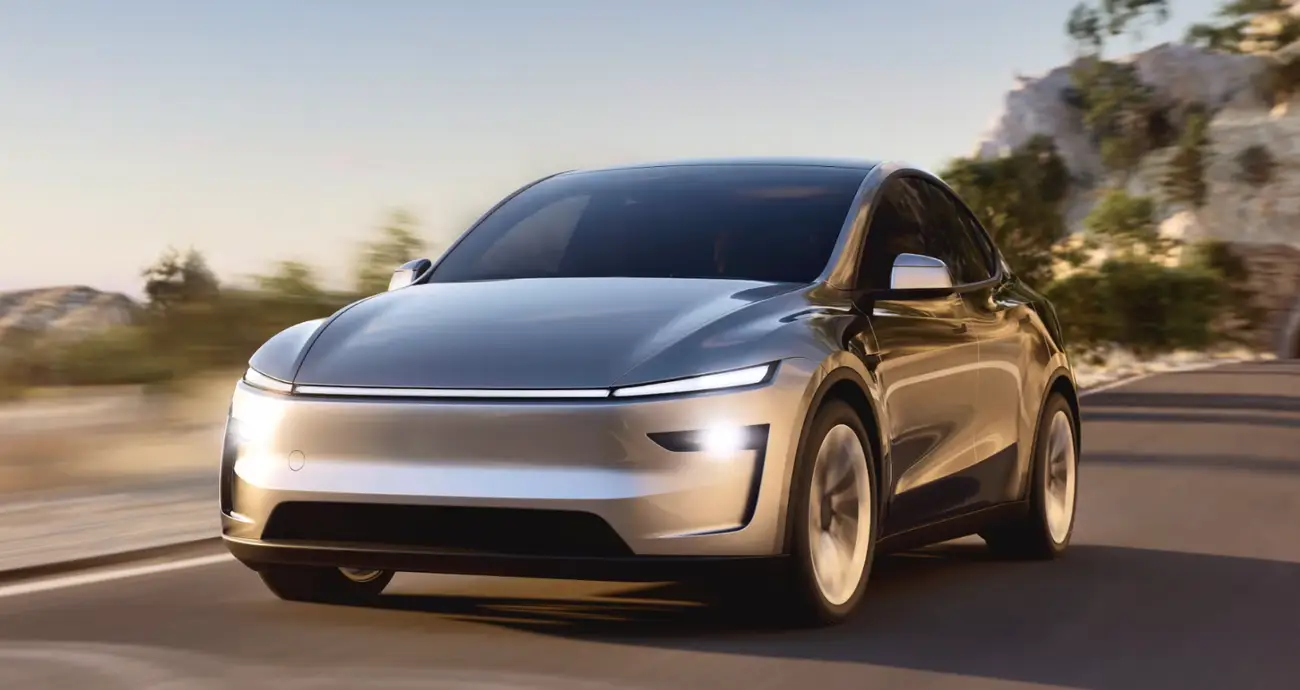General Motors Raises 2025 Forecasts Despite $1.6 Billion EV-Related Charges
General Motors has delivered a powerful message to investors and industry observers: the Detroit automotive giant remains resilient and forward-looking despite navigating one of the most turbulent periods in modern automotive history. The company’s recent financial disclosure paints a complex picture of an organization successfully managing traditional business excellence while simultaneously grappling with the expensive realities of electric vehicle transition.
The automotive landscape has transformed dramatically over recent years, with manufacturers worldwide confronting unprecedented challenges. Trade tensions, supply chain disruptions, evolving consumer preferences, and the monumental shift toward electrification have created a perfect storm of complexity. Within this challenging environment, GM’s ability to exceed expectations while acknowledging substantial EV-related costs demonstrates both the strength of its core operations and the honest assessment of transformation challenges ahead.
This financial performance arrives at a critical juncture for the automotive industry. Traditional manufacturers face intense pressure from both legacy competitors and emerging electric vehicle specialists. The balance between maintaining profitable conventional vehicle operations while investing heavily in future technologies represents perhaps the most delicate tightrope walk in corporate America today. GM’s results offer fascinating insights into how established automakers navigate this transition.
1. A Third Quarter Exceeding Wall Street Expectations
Q3 Performance vs. Average Estimates (LSEG)
The numbers tell a compelling story of operational excellence that surprised even seasoned market analysts. General Motors delivered financial results that significantly surpassed consensus expectations across multiple key metrics, demonstrating the underlying strength of its business model despite headwinds.
The adjusted earnings per share reached an impressive $2.80, substantially outperforming the $2.31 anticipated by analysts. This nearly 21% beat on EPS expectations signals robust profitability and efficient cost management throughout the organization. When a company consistently delivers earnings surprises of this magnitude, it typically indicates either conservative guidance or genuine operational improvements that analysts haven’t fully captured in their models.
Total revenue climbed to $48.59 billion, comfortably exceeding the $45.27 billion forecast. This revenue outperformance of approximately 7% demonstrates strong consumer demand and effective pricing strategies. In an era where many manufacturers struggle with volume challenges, GM’s ability to generate top-line growth speaks volumes about product appeal and market positioning.
Perhaps most impressively, adjusted earnings before interest and taxes (EBIT) reached $3.38 billion, crushing the $2.72 billion estimate by a remarkable 24%. This metric particularly matters because it reflects core operational profitability independent of financing structures and tax strategies. The substantial EBIT beat indicates that GM’s manufacturing operations, sales execution, and cost discipline are firing on all cylinders.
Annual Forecasts Revised Upward
Confidence radiates from management’s decision to raise full-year guidance substantially. The new midpoint for adjusted EBIT now stands between $12 billion and $13 billion, representing a significant upgrade from the previous range of $10 billion to $12.5 billion. This revision isn’t a minor tweak but rather a bold statement about the company’s momentum and visibility into the remainder of the year.
The updated annual adjusted EPS target now sits between $9.75 and $10.50. This upward revision reflects management’s growing confidence that the strong third-quarter performance wasn’t an anomaly but rather representative of sustainable operational improvements. When companies raise guidance mid-year, especially in challenging industries, it sends powerful signals to the investment community about underlying business health.
These upgraded forecasts also provide important context for understanding the $1.6 billion EV charge. Despite absorbing this substantial one-time hit, GM maintains confidence in delivering industry-leading profitability. This juxtaposition illustrates the company’s dual reality: exceptional performance in traditional operations funding the expensive transition to electric vehicles.
2. The Impact of Tariffs and the Commercial Environment
Reduction in Tariff Exposure
Trade policy uncertainty has dominated corporate planning discussions for years, and automotive manufacturers face particularly acute exposure given their global supply chains and cross-border production networks. GM’s latest assessment offers encouraging news on this front, with expected annual tariff impact now estimated between $3.5 billion and $4.5 billion, down from initial projections of $4 billion to $5 billion.
This reduction of approximately $500 million at the midpoint represents meaningful relief. For perspective, that sum equals the annual profit of many smaller automotive suppliers. The improved outlook stems from a combination of successful supply chain adjustments, strategic sourcing decisions, and evolving trade policy landscapes.
Management expects to offset approximately 35% of the remaining tariff impact through various mitigation strategies. These include redesigning supply chains, localizing component production, implementing cost reductions elsewhere in operations, and potentially passing select costs to consumers through strategic pricing. The ability to neutralize more than a third of tariff costs demonstrates organizational agility and sophisticated operational management.
Commercial Policy Updates
CEO Mary Barra’s public acknowledgment of President Trump’s role in tariff updates and the extension of tariff compensation reflects the intricate relationship between automotive manufacturers and government policy. The 3.75% compensation based on the value of vehicles manufactured in the United States creates incentives for domestic production while partially offsetting tariff burdens.
This tariff compensation mechanism represents a nuanced policy approach attempting to balance multiple objectives: protecting domestic manufacturing, managing trade relationships, and maintaining industry competitiveness. For GM, with substantial US manufacturing footprint, this policy provides tangible financial benefits that enhance the economics of domestic production.
The broader commercial environment continues evolving rapidly, with ongoing negotiations, policy adjustments, and geopolitical developments creating both risks and opportunities. GM’s proactive engagement with policymakers and adaptive operational strategies position the company to navigate this uncertainty more effectively than competitors lacking similar scale or flexibility.

3. Transition Costs and Electric Vehicle Challenges
Special Charge Affecting Net Results
The $1.6 billion special charge represents the starkest acknowledgment yet of painful realities in GM’s electric vehicle journey. This substantial write-down stems from reducing EV production capacity and canceling supplier contracts, decisions that reflect a hard-nosed reassessment of near-term market realities.
The charge contributed to a dramatic 57% decline in net income attributable to shareholders, which fell to $1.3 billion compared to Q3 2024. This stark contrast between adjusted earnings performance and reported net income illustrates the accounting impact of strategic pivots. While one-time charges don’t affect ongoing operational economics, they do reflect real capital deployed in directions that didn’t materialize as planned.
These decisions required considerable corporate courage. Admitting miscalculations in such a high-profile strategic priority invites criticism and second-guessing. However, the alternative—continuing to pour capital into underperforming initiatives—would ultimately prove far more destructive to shareholder value. The willingness to course-correct decisively separates well-managed companies from those that stubbornly persist with failing strategies.
Profitability and Short-Term EV Adoption
Perhaps the most sobering disclosure involves EV profitability: only approximately 40% of the company’s electric vehicles generate positive contribution margins. This means more than half of EVs sold actually lose money on a variable cost basis, before considering the enormous fixed costs of development, tooling, and capacity.
These economics explain why traditional automakers approach electrification with such caution despite aggressive public commitments. The reality is that most consumers remain unwilling to pay premiums sufficient to offset the higher costs of electric powertrains, particularly for battery systems that represent the largest single component expense.
CEO Barra’s acknowledgment that short-term EV adoption will likely fall below previous expectations represents a significant recalibration of strategy. Rather than forcing volume through unsustainable incentives and margin-destroying pricing, GM appears prepared to scale EV ambitions to match actual market demand. The stated objective of acting “quickly and decisively” to reduce EV losses by 2026 signals that profitability will take precedence over market share in the near term.
4. Analysis of Performance by Operating Segment
Performance and Priorities in North America (NA)
North America remains GM’s profit engine, delivering adjusted profits exceeding $2.5 billion in the third quarter alone. However, the decline in adjusted profit margin from 9.7% to 6.2% raises legitimate concerns about pricing power and cost pressures in this crucial market.
Management has identified restoring North American adjusted margins to the 8% to 10% range as the “absolute priority.” This focus makes strategic sense given that North American operations generate the vast majority of corporate profits and fund investments in emerging markets and new technologies.
Achieving this margin restoration will require a delicate balance of pricing discipline, cost reduction, and favorable mix management. The company must defend transaction prices while managing incentive spending, optimize manufacturing efficiency, and ensure that high-margin trucks and SUVs maintain their dominant market positions.
Growth in International Markets
While North America remains the profit center, international operations provided crucial offset to domestic headwinds. Operations in China delivered gains of $217 million, while other international markets contributed an additional $184 million improvement.
These international gains assume particular importance given ongoing speculation about potential weakness in Chinese automotive markets. GM’s ability to grow profits in China demonstrates the strength of its joint venture partnerships and product portfolio in the world’s largest automotive market.
GM Financial Results
The company’s captive finance arm delivered adjusted earnings of $804 million, representing a robust 17% increase compared to Q3 2024. This performance illustrates how integrated financial services create additional profit streams and strengthen customer relationships.
GM Financial’s strong results also reflect prudent credit management and favorable funding conditions. As interest rates potentially stabilize or decline, automotive finance operations may face tailwinds that further enhance profitability in coming quarters.




